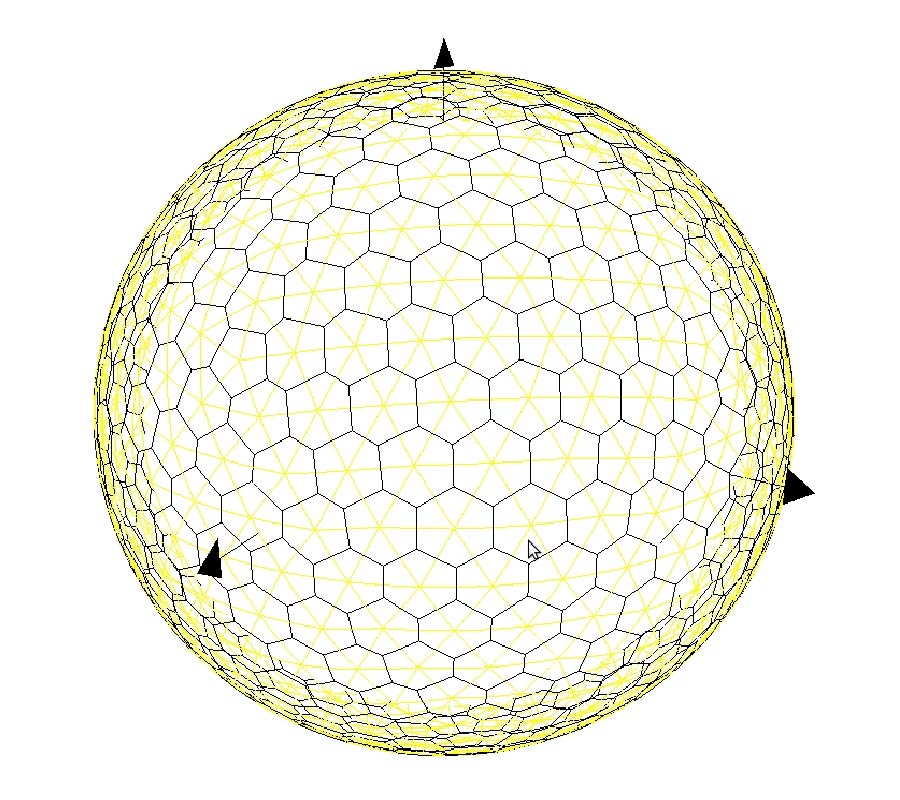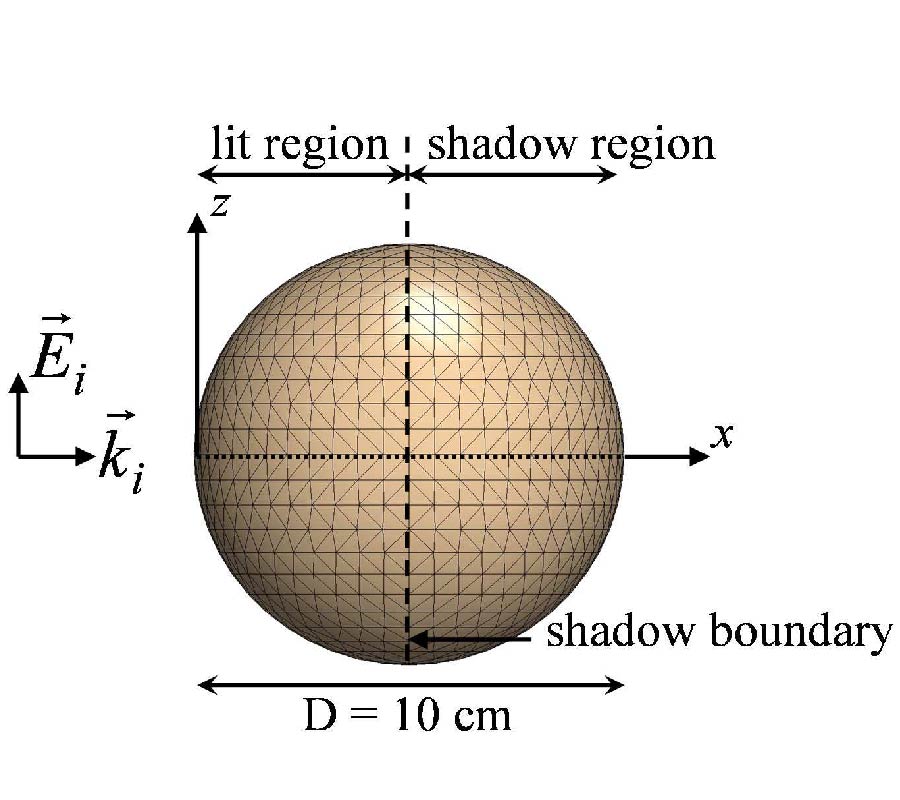2011-01-31 Latest Published
By Jiliang Yin
Jun Hu
Zai-Ping Nie
Xiang Feng
Shiquan He
Progress In Electromagnetics Research M, Vol. 16, 245-259, 2011
Abstract
The integral equation fast Fourier transform (IE-FFT) is a fast algorithm for 3D electromagnetic scattering and radiation problems based on the interpolation of the Green's function. In this paper, a novel floating interpolation stencil topology is used to improve the IE-FFT algorithm. Compared to the traditional interpolation stencil topology, it can further reduce the storage and CPU time for the IE-FFT algorithm. The reduction is especially significant for volume integral equations. Furthermore, the accuracy of the algorithm is still good though the near-interaction element numbers are reduced. Finally, some numerical results including perfectly electric conductors, dielectric objects, composite conducting and dielectric objects are given to demonstrate the performance of the present method.

















